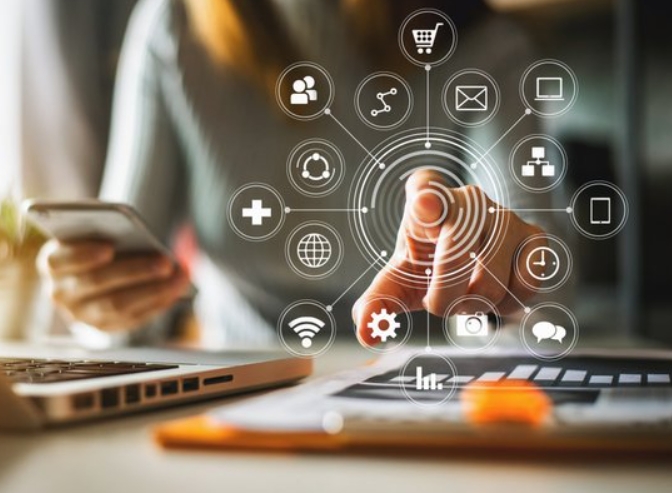In the ever-evolving landscape of human interaction, the concepts of traditional and modern communication have become increasingly significant. This article aims to delve into these two forms of communication, highlighting their unique characteristics, their evolution, and the impact they have on our personal and professional lives.
Traditional communication, often referred to as classical communication, is the oldest form of communication known to mankind. It encompasses various modes such as face-to-face conversations, letters, telegrams, and telephone calls. These methods, while seemingly outdated in today's digital age, hold a certain charm and personal touch that modern communication often lacks. They are characterized by their simplicity, directness, and the ability to convey emotions and nuances effectively.
On the other hand, modern communication is a product of technological advancements. It includes modes like emails, social media, instant messaging, video conferencing, and more. These methods are characterized by their speed, efficiency, and the ability to reach a global audience in real-time. They have revolutionized the way we communicate, making it possible to connect with anyone, anywhere, at any time.
However, the transition from traditional to modern communication is not without its challenges. While modern communication offers convenience and speed, it often lacks the personal touch and emotional depth of traditional methods. The over-reliance on digital communication can lead to misinterpretations, as non-verbal cues and tone of voice are often lost in text-based interactions.
Moreover, the advent of modern communication has also raised concerns about privacy and security. With the increasing amount of personal and professional information being shared online, the risk of data breaches and cyber-attacks has significantly increased.
Despite these challenges, it's undeniable that modern communication has brought about numerous benefits. It has made information more accessible, facilitated global collaboration, and transformed the way businesses operate. It has also played a crucial role in social movements, allowing for the rapid dissemination of information and mobilization of people across geographical boundaries.
In conclusion, both traditional and modern communication have their unique strengths and weaknesses. While traditional methods offer a personal touch and emotional depth, modern methods provide speed, efficiency, and global reach. As we continue to navigate the digital age, it's essential to strike a balance between these two forms of communication, leveraging the benefits of each while mitigating their drawbacks.
As we move forward, it's crucial to remember that communication, regardless of its form, is ultimately about connecting with others. Whether it's through a handwritten letter or a tweet, the goal remains the same - to share ideas, express emotions, and build relationships.
In the end, the choice between traditional and modern communication isn't a binary one. Instead, it's about finding the right tool for the right situation, and most importantly, about understanding and respecting the preferences of those we are communicating with.
This article is not just a reflection on what traditional and modern communication is, but also a call to action for us to be more mindful communicators, appreciating the value of both forms and using them to enhance our personal and professional lives.


